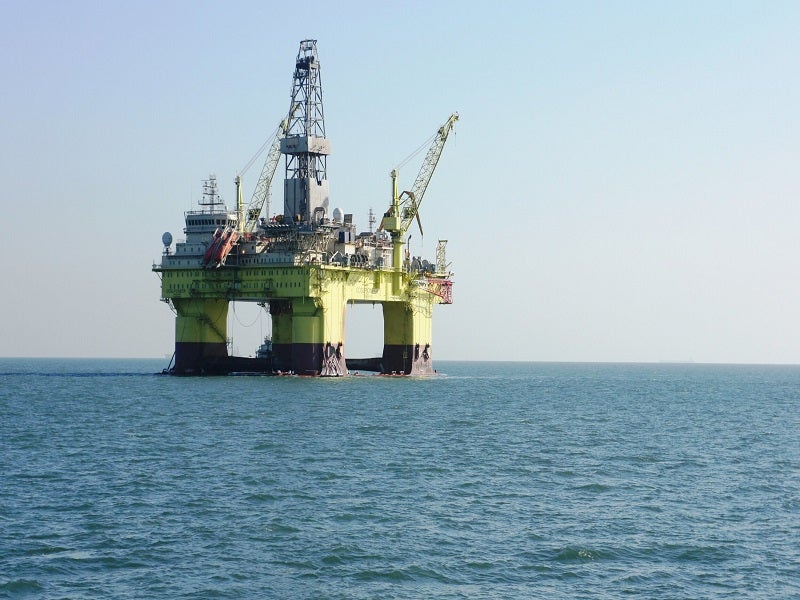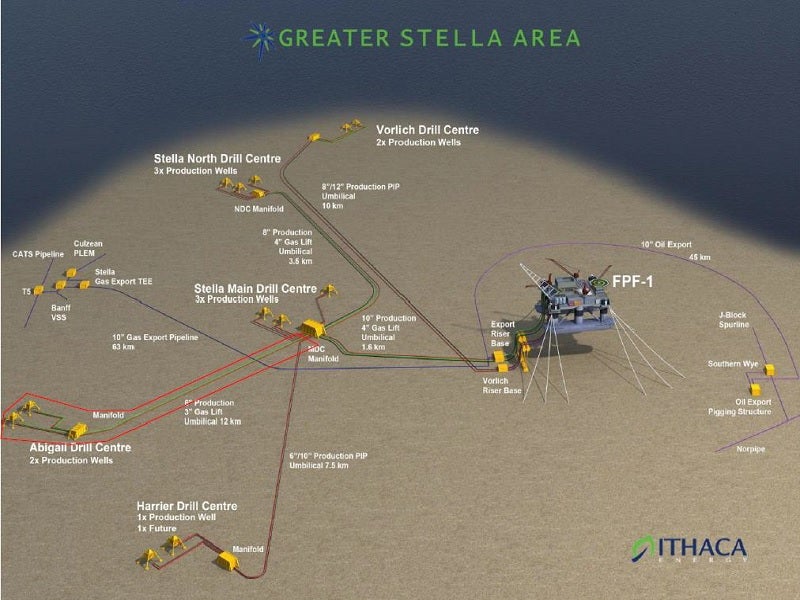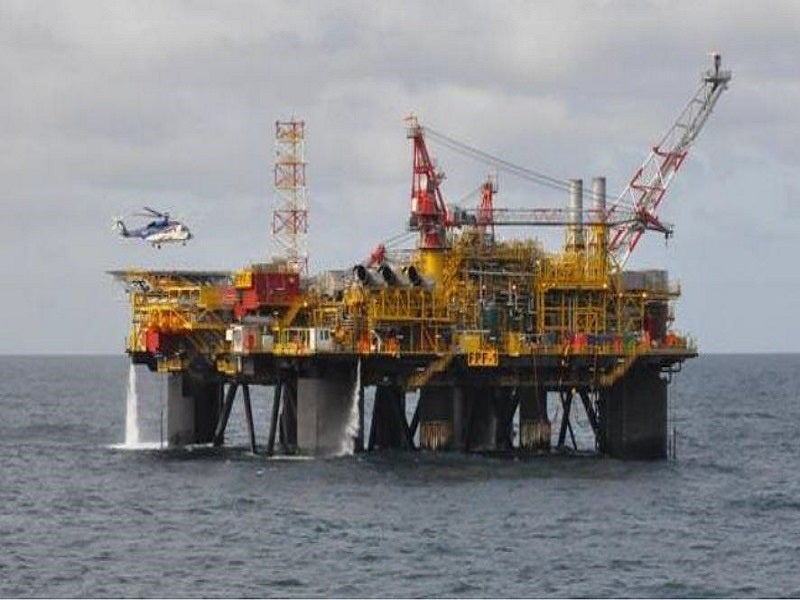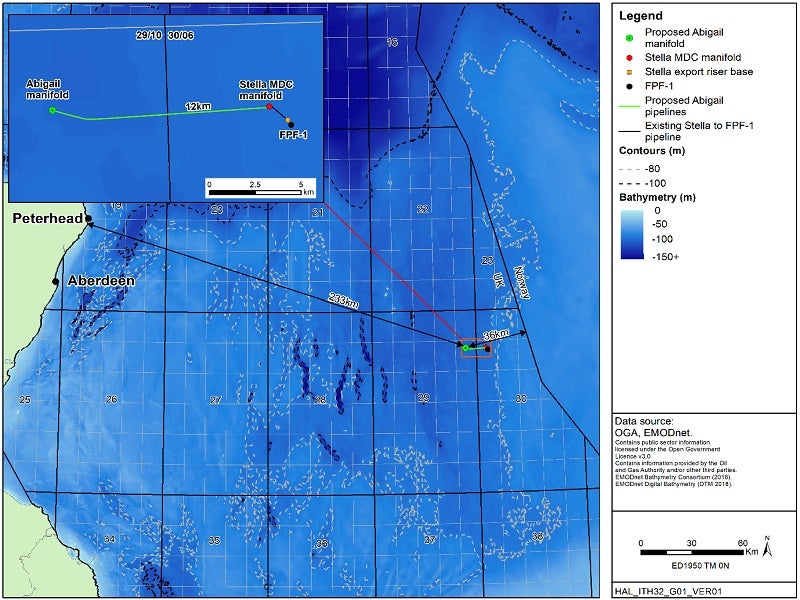The Abigail oil and gas field is planned to be developed as a subsea tieback in the Central Graben area of the North Sea, UK.
Ithaca Energy, a subsidiary of Israel-based oil and gas exploration and production company Delek Group, will own and operate the project.
The environmental statement for the Abigail field development was submitted to the UK’s Offshore Petroleum Regulator for Environment and Decommissioning (OPRED) in July 2021.
The UK Oil and Gas Authority (OGA), approved the Abigail subsea development project in January 2022. OGA was later renamed the North Sea Transition Authority (NSTA) in March 2022.
Abigail is proposed to be developed in two phases, with the first oil from Phase I expected in the fourth quarter (Q4) of 2022.
The second phase of development will take place between the third quarter (Q3) and Q4 of 2024, subject to high production performance during Phase I. The field’s productive lifespan is estimated to be eight years.
Abigail field development location
The field will be developed at a water depth of between 89m and 92m in block 29/10 on the UK Continental Shelf (UKCS). The project site is located 233km from Peterhead on the east coast of Scotland and 36km away from the UK-Norway median line in the North Sea.
Discovery and appraisal
Shell discovered the Abigail oil and gas field through the 29/10-4 well and its associated sidetracks in 1995.
In 2009, Ithaca Energy secured the licence covering the Abigail discovery and the wider block. The company conducted the appraisal of the discovery by drilling the 29/10b-8 well in 2012.
The appraisal well is currently suspended and a debris cap located on the wellhead needs to be removed for well re-entry.
Abigail field development plan
The field development will target resources from two sandstone reservoirs, Upper Forties and Andrew. Upper Forties will be the primary reservoir, while Andrew will be the secondary reservoir.
The Abigail field will be tied back to the existing floating production facility, FPF-1, located 12km away within block 30/06.
Phase I will involve converting the existing appraisal well 29/10b-8 into a new production well (P2-W). The well is proposed to be re-entered and completed using a semi-submersible drilling rig.
Subsea infrastructure will include a 12km-long pipeline system comprising a new production pipeline, gas lift pipeline, and services umbilical. This will connect the Abigail production well to the existing production manifold at the Stella main drill centre (MDC), which is tied back to the FPF-1 production facilities.
In addition, a new piled manifold will be installed at the Abigail drill location in the field development’s first phase. The Abigail manifold will measure 12m in length, 6m in width and 6m in height.
The second phase, if implemented, will add a second production well (P1-E) targeting the eastern area of the field. The P1-E well is proposed to be tied back to the Abigail production manifold using tie-in spools and jumpers.
Oil and gas processing and export
Production from the Abigail field will be commingled with that of the existing Stella and Harrier fields for processing at the FPF-1 production facilities.
Abigail’s oil output will be exported through the exiting Norpipe system, which is operated by ConocoPhillips.
A portion of the gas produced at the Abigail field will be used as fuel gas to support power generation at FPF-1.
The remaining gas will be exported through the Central Area Transmission System (CATS) pipeline system, which transports gas from more than 30 producing fields in the central North Sea to the reception and processing terminal at Teesside, England. CATS is owned and operated by Kellas Midstream.
Contractors involved in the project
COSL Drilling Europe received a drilling contract for the Abigail field development in October 2021. The company will use its COSLPioneer semi-submersible drilling unit to execute the contract.
Details of the FPF-1 hub and Greater Stella Area fields
FPF-1 is a floating production hub owned and operated by Ithaca Energy. It is an eight-column, twin-hull vessel built between 1976 and 1977. The vessel was converted into a floating production unit in 1989.
The FPF-1 floating production unit has been stationed within the Greater Stella Area development since 2017. It processes hydrocarbons from the Stella, Harrier and Vorlich fields.
Ithaca Energy holds full ownership of the Stella and Harrier fields, which came on stream in 2017 and 2018 respectively.
The Vorlich field began production in November 2020. It is operated by BP with a 66% interest, with Ithaca Energy holding the remaining 34% interest in the field.







